Kiwi glutinous rice -flavored city wall?Is it "rolled" in the architectural industry?
Author:knowledge is power Time:2022.07.13
Written article / Zhou Qian (Institute of Palace Museum in the Palace Museum)
Chinese ancient buildings have a long history and splendid culture. They have been preserved for hundreds of thousands of years and are completely preserved, which is related to its excellent construction technology. Ancient buildings will be mixed with a small amount of "additives" during construction. They cleverly mix with ancient building construction materials and improve the strength, moisture -proof, and aging prevention of ancient buildings through physical and chemical reactions. I have to say that after the "additives" are mixed in ancient buildings, the stability and durability of different structures such as architectural tiles, color paintings, and mounting passes also increased accordingly, so that these cultural relics can be new and passed on to this day. What are these "additives"? Let's try to find the answer from the text.
Kiwi glutinous rice -flavored city wall
Glutinous rice is also known as Jiangmi. The main ingredients are branched starch. The chemical structure is (C6H10O5) N. Among them, C6H10O5 indicates a dehydrated glucose unit, and N represents the number of dehydrated glucose units. Glutinous rice is not only used for food processing, but also has been fully used in ancient Chinese construction projects. In the "Tianshu Kaiwu" by the Ming Dynasty scientist Song Yingxing: "It is used to gray the tomb and the pool, then the gray is gray, enter the river sand and loess two points, use glutinous rice, sheep vine juice, and Uniform, lightly building sturdy, never bad, named Sanhe soil. " The meaning of this sentence is that when underground buildings such as the masonry cemetery and the reservoir, use lime, sand, and loess to mix with 1: 2: 2, and then mix glutinous rice, kiwi juice and mix well to build firmness or not. Bad buildings, and this kind of soil, is also called Sanhe soil. In addition, the mortar ingredients used in Nanjing Ming Palace also contain glutinous rice. The "Little History of the Ming Dynasty" by the Ming Dynasty scholar Lu Yan reflects the process of mixing porridge (porridge made of glutinous rice) into the lime of the brick wall when construction was built.
In the infrastructure of the Qing Dynasty royal architecture -Huiling project, there are also traditional methods of glutinous rice pulp, that is, after mixing the boiled glutinous rice juice mixed with water and alum, sprinkled it on the gray soil and then carried out ash earth construction. After the first gray soil construction is consolidated, before the second step of the gray earth construction, sprinkle the water twice on the turn. The first time is 70 % of the water and the glutinous rice juice is mixed with 30 % of the water. The juice penetrates into the gray soil. This shows that the ancient craftsmen fully recognized the beneficial impact of glutinous rice on improving the base strength and adhesion performance of the building.
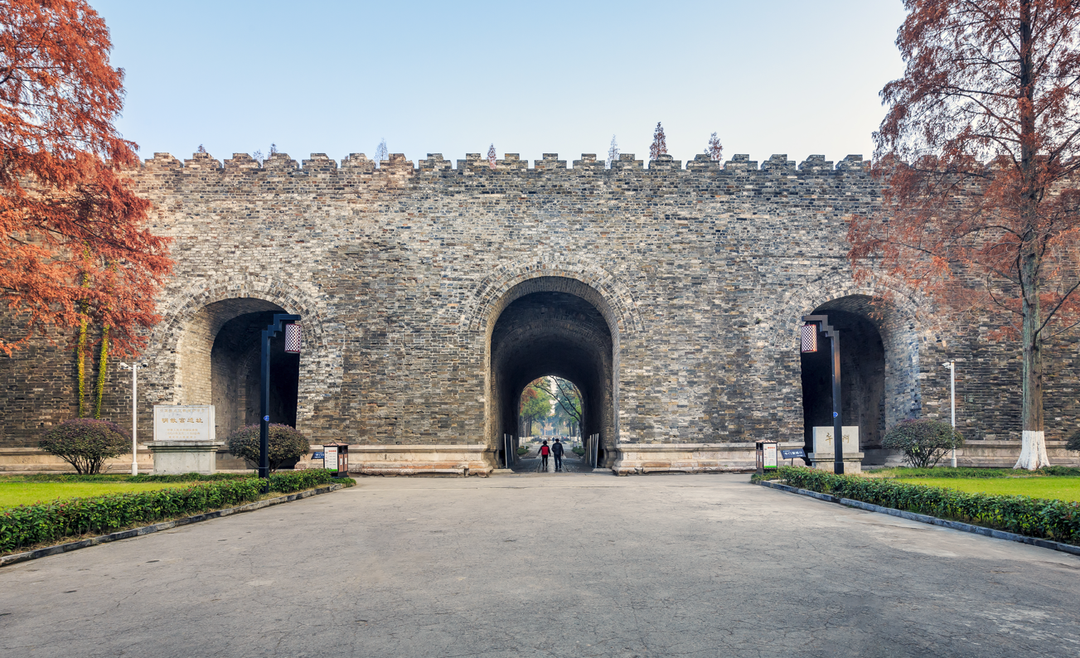
edit
Nanjing Palace Museum of the Ming Palace
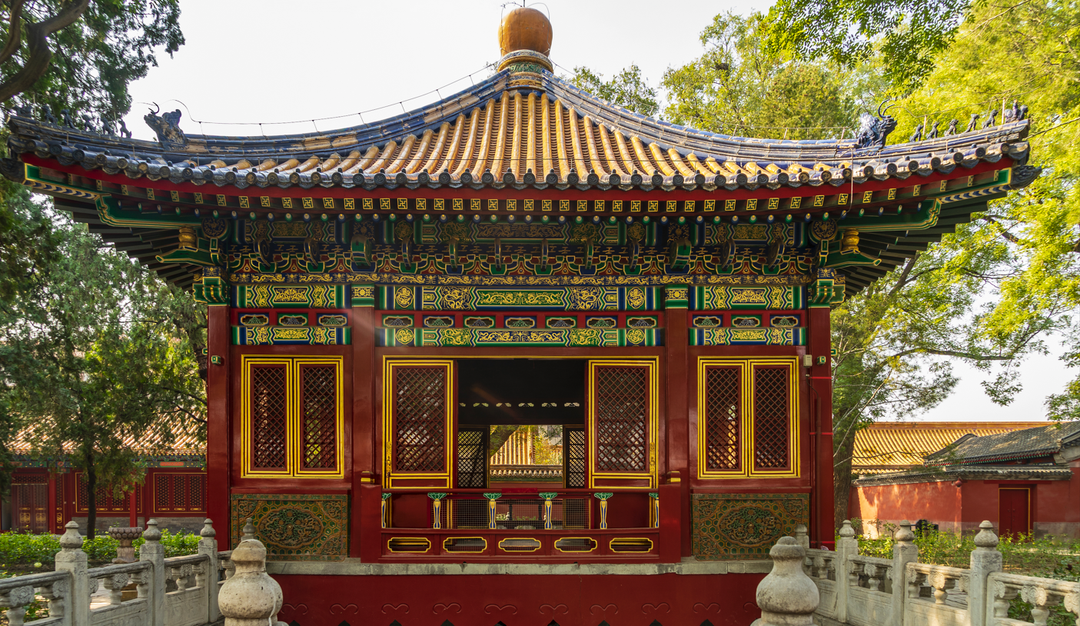
edit
The Palace of Cingxi Pavilion, Cinnan Garden
At the end of the 20th century, the ancient buildings of the Forbidden City found several old houses left over during the Ming Dynasty and Ming Dynasty. The foundation not only contains lime, but also white rice grains, and the wind became harder. There was a layer of white cream on the surface. The pressure resistance is like the current standard brick. Although there is no evidence to prove that white rice grains are glutinous rice, it is certain that the ancients had already used the stickiness of rice plants to strengthen the foundation. In recent years, researchers have been sampled and analyzed after the three locations of building mortar in the three locations of Cinnan Garden, Changchun Palace Yixian, and Yangxin Temple Yan Xitang. These three ancient buildings include glutinous rice ingredients. Glutinous rice materials were used in the construction engineering of the Forbidden City.
Anticorrosive, anti -seepage "small capable" -tong oil
Tung oil is a plant protein glue. It is generally obtained by tung tree seeds with cold squeezing for 3 to 4 years, and the appearance is light brownish yellow. The main component of tung oil is a mixture of triglyceride of fatty acids. The tung oil molecular formula contains 3 governor chains. Each molecular chain has 3 common dual bonds, which makes the tung oil have strong reaction activity, drying performance and polymerization performance. When the tung oil is covered on the surface of the object, it can easily absorb the oxygen components in the air and produce the surface membrane, so that the cover is protected. Not only that, tung oil is also a toxic polymer plant. After penetrating into the wood, it can prevent the growth of the bacteria from growing and breeding, thereby playing an anticorrosive role.
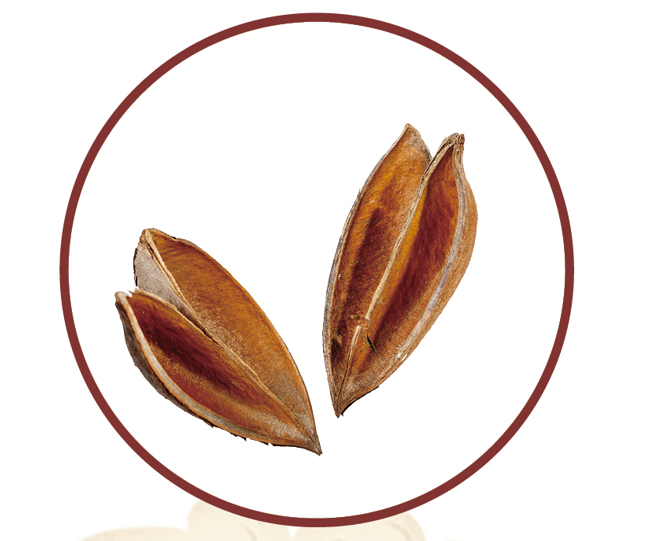
edit
Tung tree fruit will explode after the shell after mature
Tung oil directly squeezed by tung tree seeds can be called raw tung oil. The tung tung oil is transparent, slightly yellow, has good weathering, is not easy to aging, and dry. In ancient times, artisans used raw tung oil to protect the wood surface of the wood, anti -seepage, and moisture -proof treatment. In the "Book of Agricultural Politics" by the Ming Dynasty scientist Xu Guangqi, injecting raw tung oil into the inside of the wood can achieve the effect of anticorrosion. Another example is the "Tiantong Kaiwu" by the Ming Dynasty scientist Song Yingxing "The gap in the ship's board is used with white hemp scriptures as a tendon, blunt chiseling, and then sieved fine lime, and the tung oil pestle into a group." That is, when the ancient craftsmen were used to prevent the seams of the board, they first plugged into the ship's seam with hemp materials, and then used the mixture of lime and the tung oil to achieve the anti -seepage effect. In the foundation of the Palace Museum's foundation, the basic moisture -proof treatment method of important palace buildings is: mixture of lime, loess, broken bricks, and tung tung oil. The solid soil layer can be dry for a long time to achieve the moisture -proof effect. In addition, because the groundwater of the Forbidden City is relatively abundant, the ancient craftsmen will use wooden stakes under the soil layer when there is an groundwater position. From the perspective of several underground wooden stakes that have been discovered, although the surface of the wooden stakes is very humid, it is not bad. It can be seen how significant the "power" of the raw oil oil on the surface of the building.
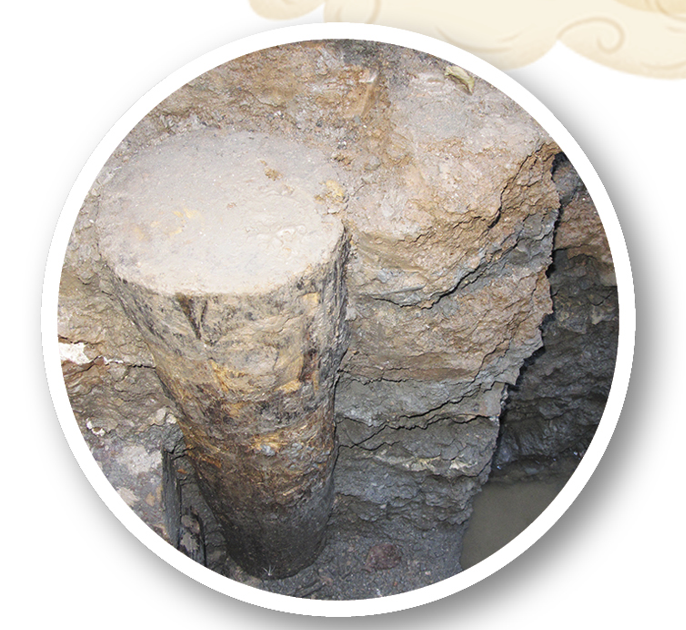
edit
The foundation surface of the Palace of the Forbidden City is very humid, but there is no bad phenomenon
Shengtong oil and soil seed ash and camphor mixing can form ash oil. The gray oil is easy to peel, the surface is not gloss, and it cannot be used as a coating of the surface. If Shengtong oil is mixed with Suzi oil and soil seeds, it can form optical oil. Optical oil not only has high strength, toughness, water resistance and abrasion resistance, but also shiny on the surface, so it is used for surface oil. The BRICS ground in the ancient building of the Forbidden City has a process that can give full play to the characteristics of raw tung oil, gray oil, and optical oil material characteristics. That is the famous "gray drill oil". The "Make Gray Drilling Oil" process stipulates that pouring tung oil 3 times on the paved BRICS surface, the first time brushing raw tung oil 1-2 times on the dry ground, and rubbing the second time with Maisi rubbing. 1 ~ 2 times the gray oil, and the light oil for the third time. After this series of craftsmanship, the floor of the tung oil has become strong and tight, and after hundreds of years, it is as bright as new. It should be noted that the "BRICS" here is not a brick made by gold, but was made by the Lu Muyuka Village of Suzhou in the Ming and Qing Dynasties. The cost is extremely expensive, so it is called "BRICS". edit
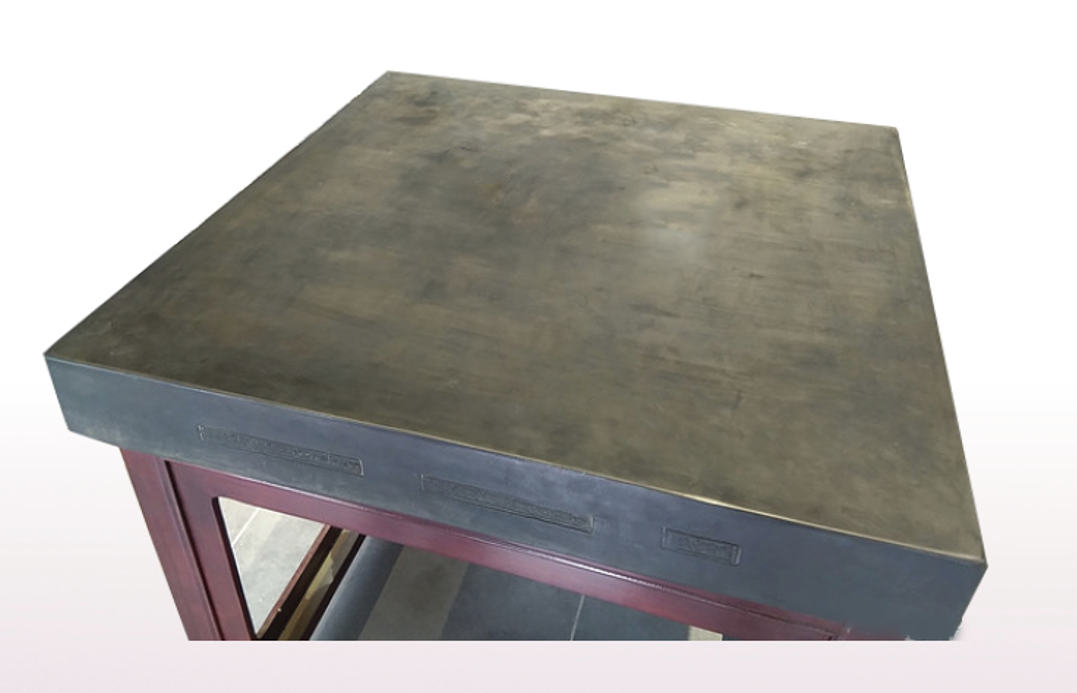
The BRICS displayed by the Suzhou Royal Kiln Vanshu Museum (Picture Source: Suzhou Royal Kiln Vancouver Museum)
The "fierce medicine" in ancient buildings -alum
Alum alum alum and alum stones are one of the traditional Chinese medicine materials in China. The main ingredients are aluminum sulfate and potassium KAL (SO4) 2 · 12H2O. It has the effect of stopping hemostasis and diarrhea, eliminating wind and phlegm, and external application has the effect of detoxifying, sterilization, drying and itching. Not only that, the ancient architectural foundation, stones, and color paintings of ancient Chinese buildings have also cleverly mixed alum, which enhanced the "resistance" of the ancient building itself.
edit
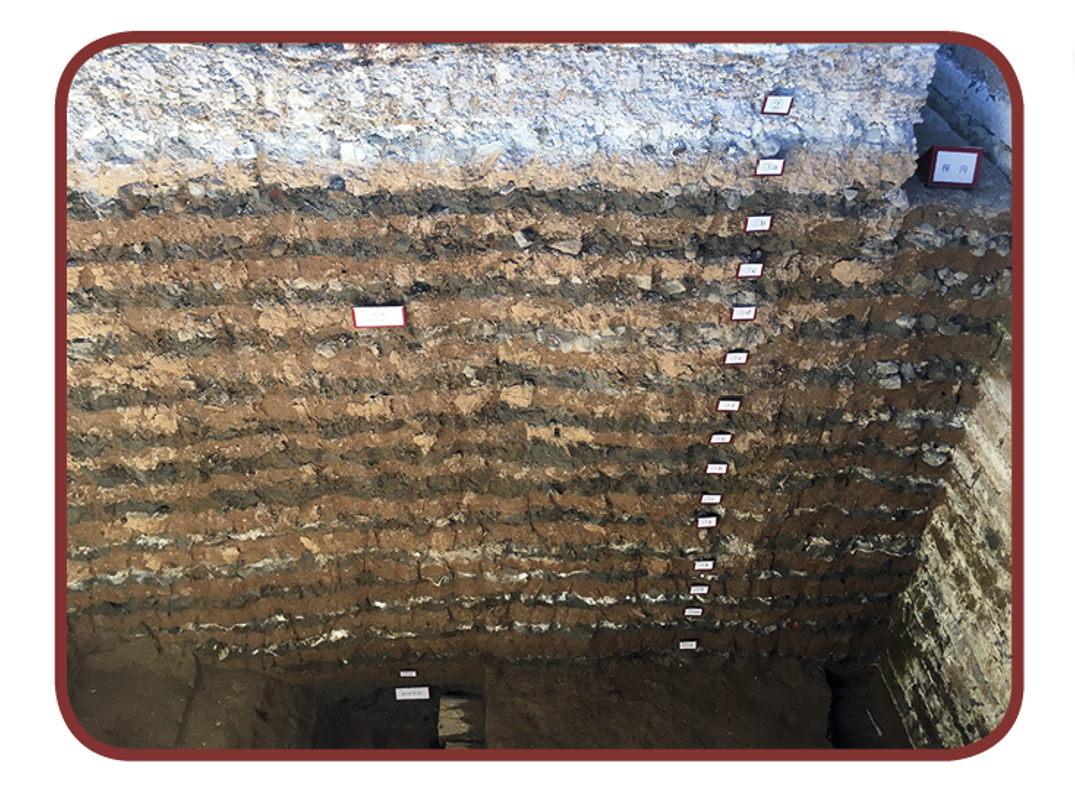
The foundation of ancient buildings in the Forbidden City is clearly visible
The ancient buildings of the Forbidden City remained intact after several earthquakes in 600 years, and the solid effect of the foundation was an important prerequisite. The Forbidden City is established on the Royal Palace of the Yuan Dynasty. The basic practice is: the original foundation of the Yuan Dynasty palace was dug all, and it was replaced by manual recovery basis, that is, the quality ratio of the three seven layers of the three -seven gray soil (the quality of lime and the loess is the ratio of the loess to the loess. 3: 7), a layer of broken bricks, repeatedly alternated. Among them, the gray soil layer is mainly composed of gray soil, glutinous rice, and alum. One of the important processes is to mix the cooked glutinous rice juice to mix water and alum and sprinkle it on the gray soil. Modern scientific research shows that after the alum is mixed with the gray soil, calcium alum stones will be formed, and its solid volume expansion has a certain compensation effect on the drying of glutinous rice mortar, which is conducive to improving the pressure resistance, water resistance and freezing fusion of the gray soil performance.
In another world cultural heritage, the Summer Palace, there is a famous seventeen -hole bridge. It is the longest and largest stone bridge in Beijing gardens, and the mortar used in its pavement contains alum. The mixed mixing material mixed with alum not only makes stones firmly combined with the grassroots, but also has a waterproof effect. In addition, in the reinforcement and repair of stone engineering, when some loose stones are tied with iron parts, they generally need to use alum water to irrigate the gap between the stone and iron parts. You can fix the iron parts in the stone.
edit
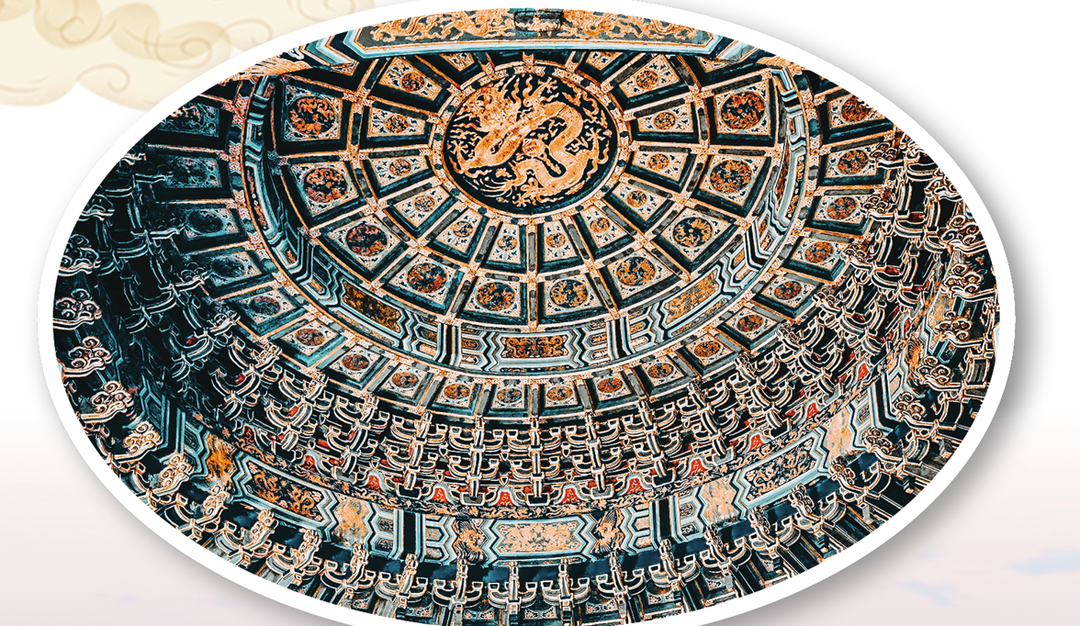
Colorful paintings in the heavenly emperor
After introducing the foundation and stone engineering, let us move our eyes to the inside of the building, which is the color painting in the building. In addition to the decorative effect, color paintings can also protect wood components so that they can avoid erosion or insects in the air. In the process of painting in Beijing Tiantan Royal Dome, it usually uses alum water, and glue alum water is mixed with alum and water gum (gel made of animal bones). Stir in proper water. After the colorful painting (with gray oil, white noodles, lime water, blood material, brick ash, line lines, Xia cloth and other materials, etc.), after the grassroots layer of materials), brush a thin layer of glue alum water on its surface It can make the background color of the ground battle confused with each other, which is conducive to the colorful decoration clearly printing the surface surface. The alum water can also play oil and gas from the ground floor, the brick ash return of brick ash return in the battlefield, and the chemical reaction with color painting pigments to ensure the clean and bright color of the color painting.
In the construction of ancient Chinese buildings, a variety of "additives" such as glutinous rice, tung oil, and alum are used. They have physical and chemical reactions with materials such as gray earth, mortar and other materials. Stainness and durability are improved. This is not only conducive to the stability of the ancient building itself, but also reflects the excellent architectural wisdom of ancient artisans.
This article comes from the magazine of "Knowledge is Power". The original title "" Additives in Ancient Buildings "" has deleted and modified, and reprints the source of the indication.
- END -
5 new cases of confirmed in Beijing and 1 asymptomatic infection
China News Service, July 6th. According to the official WeChat news of the Beijing Health and Health Commission, from 0:00 on July 5th to 24:00, 5 new cases of confirmed cases and 1 asymptomatic infec
Three -level linkage, discounts of 350 million!Hubei heavy assistance tourism enterprises should deal with dilemma

Jimu Journalist Gao DongqiOn June 15th, Hubei held a special mobilization TV telep...